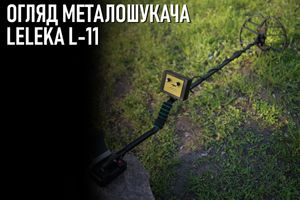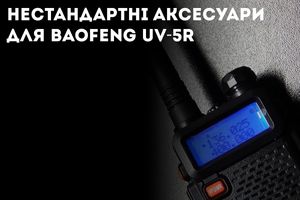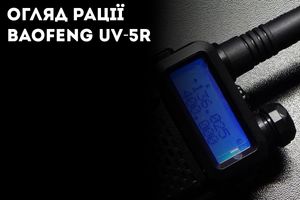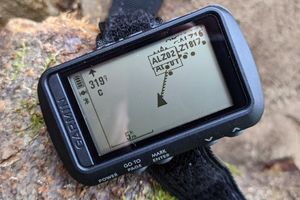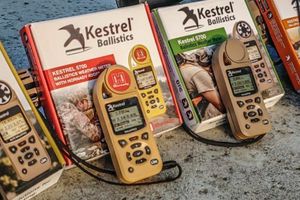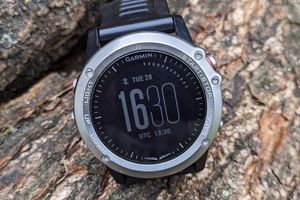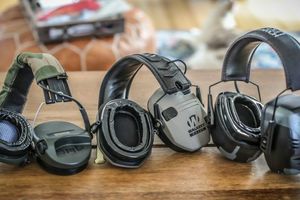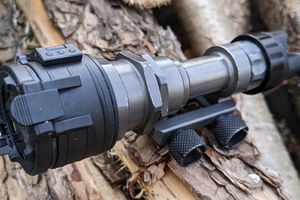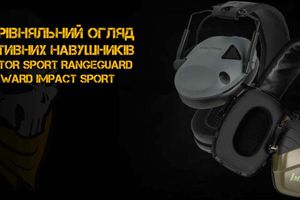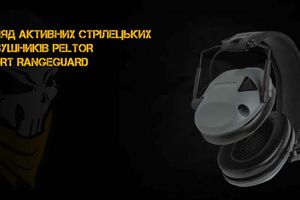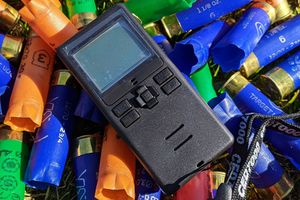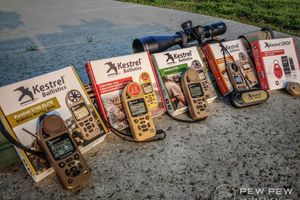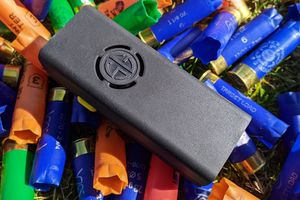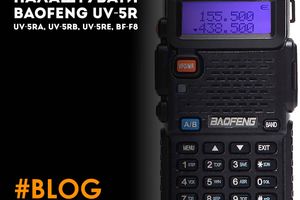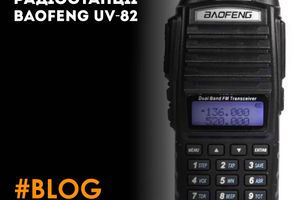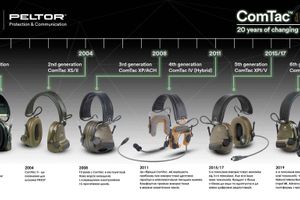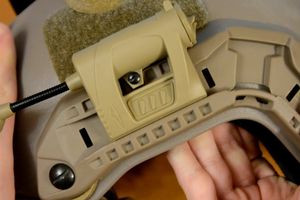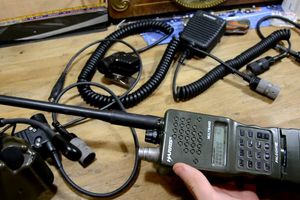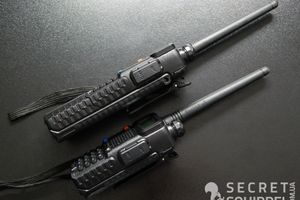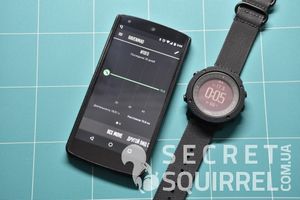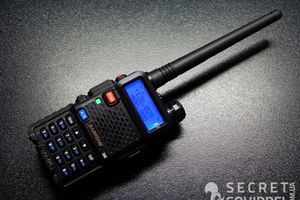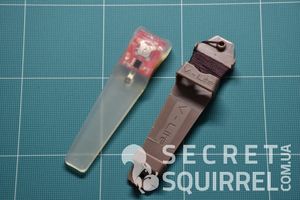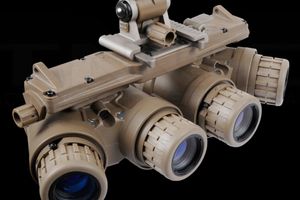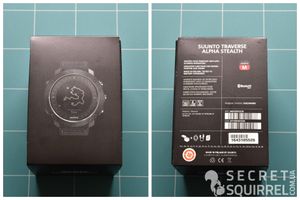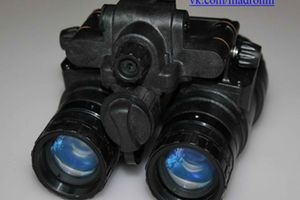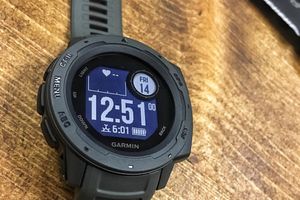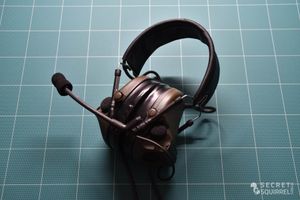
When a radio station is selected for personal purposes, the conditions in which it will operate are previously studied. Different ranges in different conditions do not work the same. For example, the UHF frequency range (from 400 to 520 MHz) shows good performance in the city, and the VHF (136 - 174 MHz), or LB (30 - 50 MHz) shows excellent performance in rough terrain. If the working conditions can be either a city or a countryside, then the choice must be stopped at dual-band radio stations.
VHF band (136 - 174 MHz). This range is considered by many to be universal. It is widely used both in the city and on rough terrain, but nevertheless within the city, taking into account the decrease in signal quality during dense buildings, it is less rational to use it than outside the city. Outside the city, signal quality remains more stable. Moreover, for stationary use, the height parameter of the base antenna is important, the higher it is installed, the greater its range. This frequency range has found wide application in maritime communications, for example, frequencies within the range of 156.025-157.425 MHz are used for signal transmission, and for the reception of frequencies 156.05 -163.275 MHz.
Frequency range of UHF (from 400 to 520 MHz.). Well established as a frequency range for the conditions of development in the city. When using it, you can get a fairly good stable connection at a short distance, even if portable radio stations are used for this. If you apply it outside the city, on rough terrain, then the radio waves do not envelop bumps on the terrain well and as a result the connection is very poor, and if it is also a wooded area, then there is a strong attenuation. If you use stationary radio communications, then to obtain a high range radio signal, you need to set the base antenna high enough.





























































































































